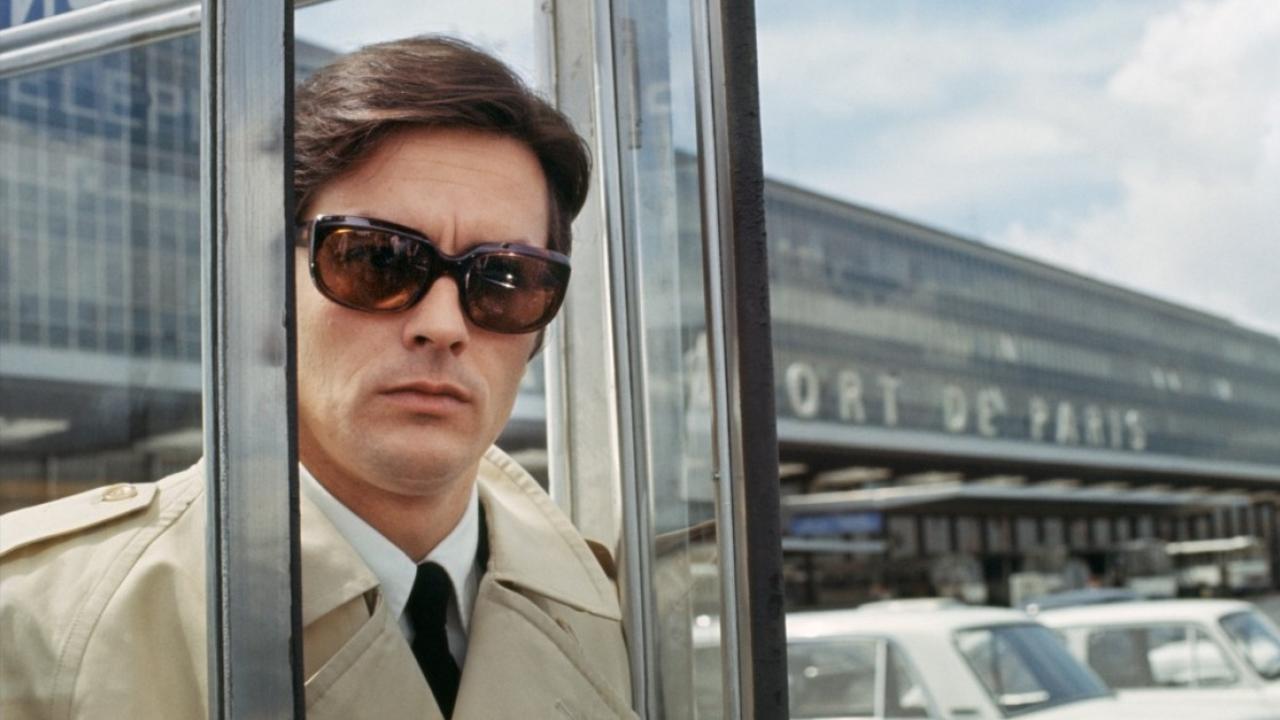
It’s been a year since the passing of one of the greatest (if not the very, very best) film composers of all time: Ennio Morricone. The day his death was announced sent shockwaves throughout the entire film world; critics, directors, actors and other musicians, former collaborators and fans alike, from multiple countries, came together to mourn the man and celebrate the artist, reminiscing about their favorite scores from a remarkable career that spanned decades.
Morricone had such a rich, varied and long run that along his more celebrated and well-remembered efforts there are so many more great but obscure movies he was an integral part of. So this list is a tiny slice of some of his lesser seen (and heard) films that deserve appreciation.
10. Four Flies on Grey Velvet (1971)
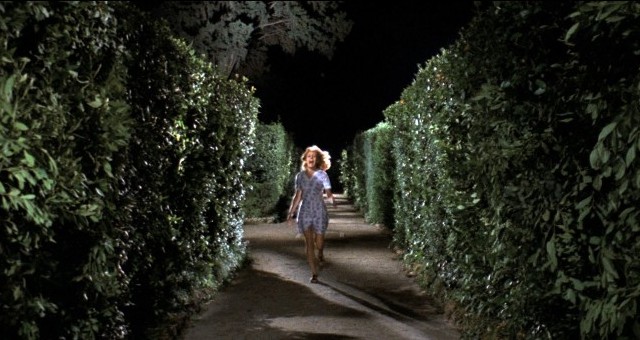
There was a time, throughout the ‘60s and early ‘70s, when the Italian film industry was one of the greatest in the planet, dominating not only the auteur driven world with Fellini, Antonioni and others, but also pioneering and revolutionizing genre cinema, most notably with the spaghetti western and the giallo.
Morricone’s contributions to spaghetti are, of course, what he’s widely known for, but his work on giallos is just as essential, not only for the individual movies themselves but also for the stylistic blueprint it left for the entire genre. That’s most notable in the three movies he made with Dario Argento, which comprise the director’s “Animal Trilogy”: “The Bird with the Crystal Plumage,” “The Cat of Nine Tails” and “Four Flies on Grey Velvet.” His memorably melancholic and eerie scores are key to the effect of these movies.
The first two in the trilogy have become bonafide giallo classics, but “Four Flies” has largely been forgotten, due to it being unavailable in home video for decades. But it’s on par with Argento’s early work, still rough around the edges but visually imaginative and tense.
9. In the Line of Fire (1993)
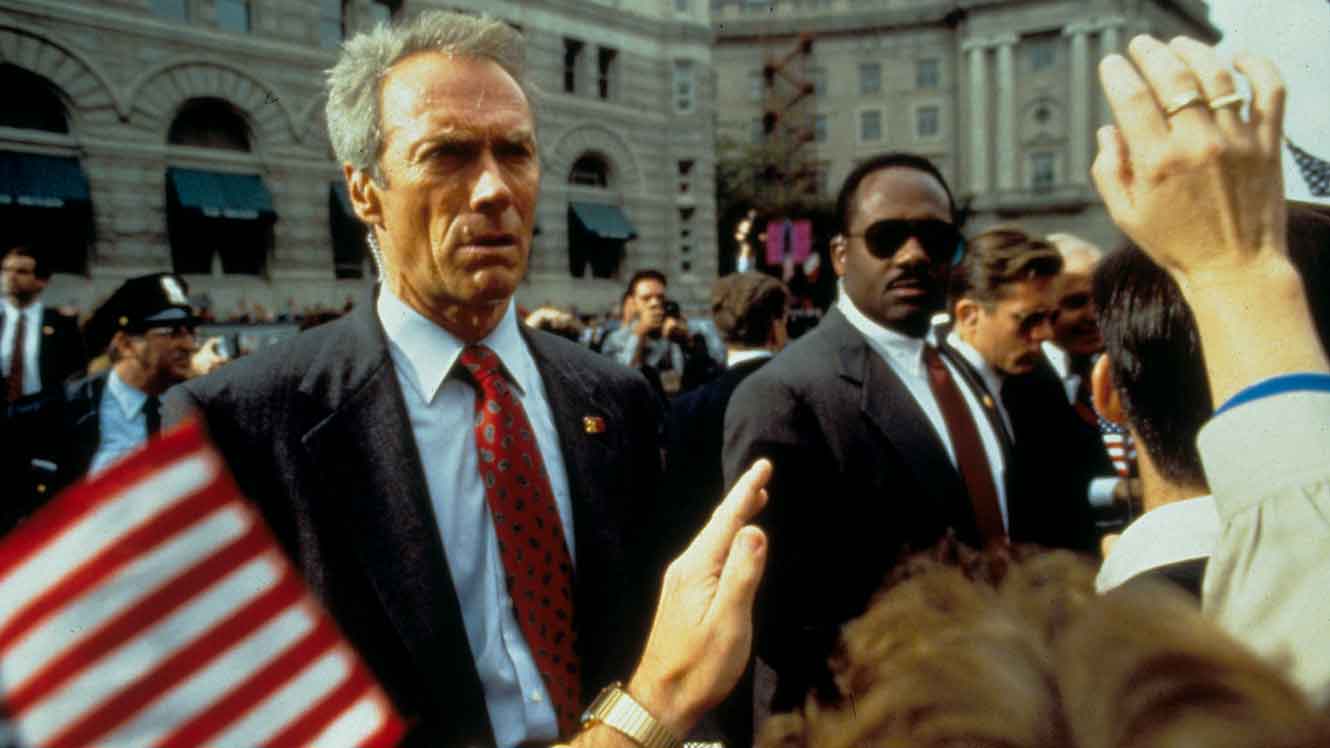
Decades after the Dollars Trilogy, Morricone was once again recruited to score a Clint Eastwood vehicle with the ridiculously fun “In the Line of Fire.”
A very ‘90s thriller in the best way, Wolfgang Petersen’s film features all the goofy tropes and cliches of political thrillers of the era, from the macho, rogue agent getting chewed up by bureaucracy to the maniacal but brilliant villain (deliciously played by a scenery-chewing John Malkovich). But there’s also so much craft at display here that it’s enough to wonder what the hell happened to populist Hollywood filmmaking over the past 20 years, that seeing Anne V. Coates editing in this alone feels downright revolutionary compared to the sloppy rhythms of modern blockbusters.
Naturally, Morricone’s music is part of that excellence of craft, reminiscent of his impeccable work in “The Untouchables,” with tense strings and piano notes, but also distinct enough to have an identity of its own, particularly in the use of saxophone.
8. Forbidden Photos of a Lady Above Suspicion (1970)
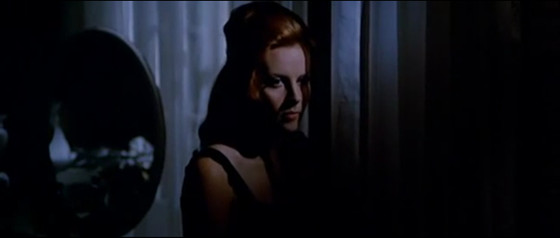
This film is a very strange genre oddity: a sort of giallo with hardly any blood or explicit violence; a mystery that turns into a blackmail thriller twisting itself all the way into a gaslighting story; an erotic tale that is practically negative on sex.
Miraculously, it all works, thanks to a unified sense of tone courtesy of director Luciano Ercoli who, far from being a master like Argento or Lucio Fulci, brings to the movie a unpretentious eye that is a perfect for a narrative of small ambitions (and the filmmaker does manage to find gracious compositions here and there, with great use of red, particularly).
Morricone makes unusual (for a thriller) choices here, with his bossa nova-influenced melodies that are simultaneously at odds with the dark film to which it belongs, but also a fitting complement to it. Only a genius could do it.
7. A Pistol for Ringo (1965) / The Return of Ringo (1965)
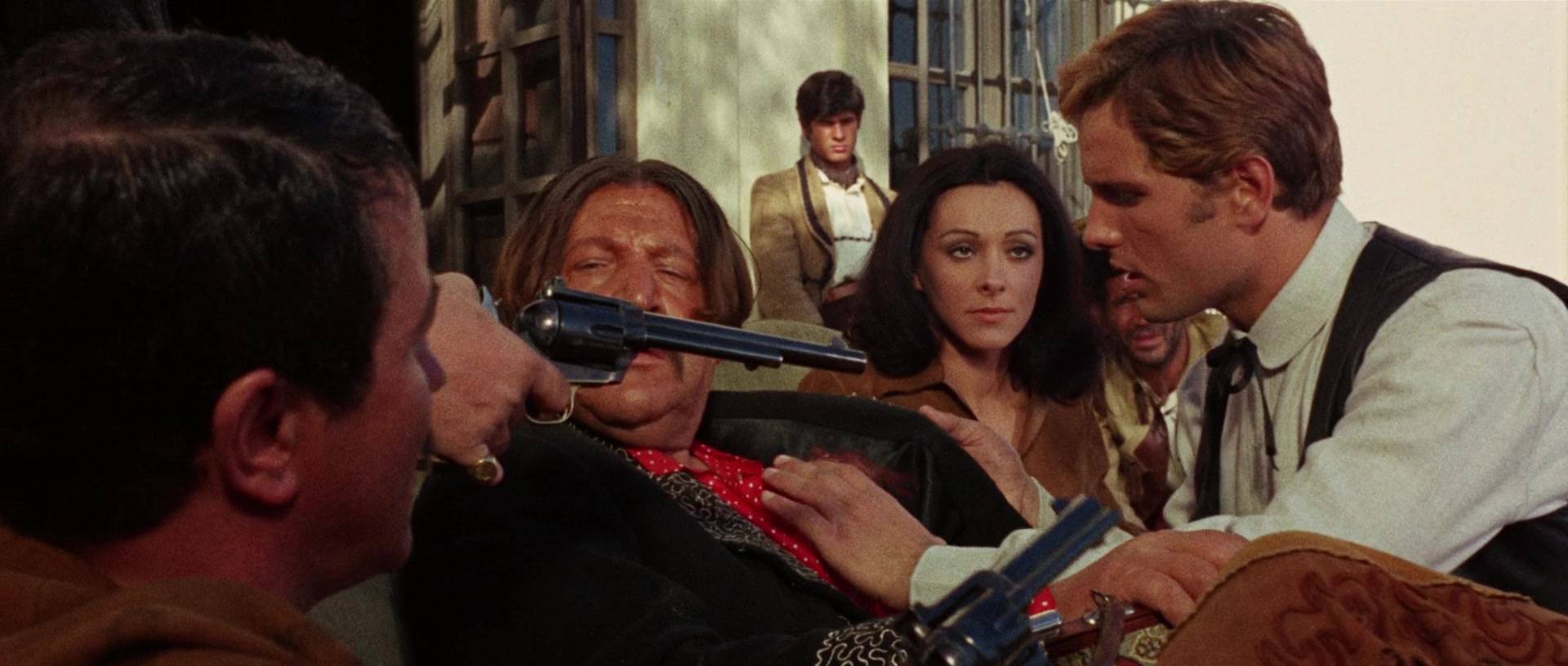
Despite being released back-to-back in the same year and one having been billed as a sequel to the other, “A Pistol for Ringo” and its successor “The Return of Ringo” couldn’t be any more different, in the realm of spaghetti westerns: aside from the fact that it’s not a real sequel, since each film has the same actors playing different characters, they are, tonally, the antitheses of each other.
The first is basically a comedy, a sort of Bugs Bunny in the Old West; whereas the second is much darker, veering closer to the operatic tone that Leone made popular. More importantly, both are very good, in different ways: “Pistol” is a blast, one of the funniest and most entertaining spaghettis, featuring a jovial, wisecracking and murderous protagonist that is thoroughly fascinating. “Return,” on the other hand, is a genuinely dramatic offering, veering closer to the operatic tone Leone brought to the genre; it’s a movie with real pathos.
The one constant in both films is Morricone’s terrific theme song, an American cowboy ballad filtered through a uniquely Italian sensibility, which is simply a banger.
6. Navajo Joe (1966)
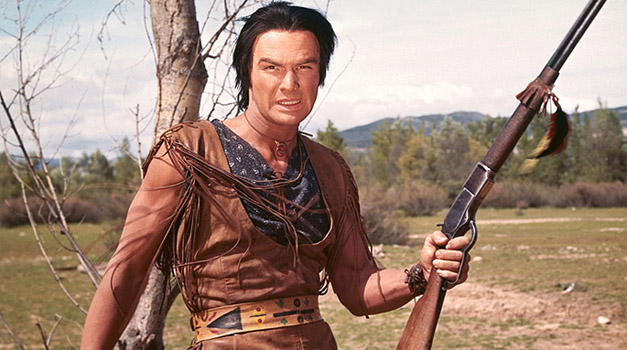
Sergio Corbucci is just as essential a name to spaghetti western as the other, more famous Sergio and, just like Leone, he had a stupendous collaboration with Morricone throughout many movies, resulting in some of the composer’s greatest work in films such as “The Mercenary,” “The Great Silence” and “Vamos A Matar Compañeros.”
“The Great Silence” is certainly Corbucci’s best, most accomplished work overall (highly recommended as well, of course), but as far as Morricone is concerned, his relationship with the filmmaker reached its pinnacle with “Navajo Joe,” which features what is possibly his best western theme outside of the Leone movies. Tarantino, one of the biggest Morricone fans in the world, used the score amply in “Kill Bill: Vol 2,” and for good reason: its primal power is something only this composer could conjure, a potent melody that makes even some already dramatically supercharged scenes (like, say, Bill’s five exploding heart steps) even more operatic in nature. It works wonderfully with this movie, of course, one of Corbucci’s meanest and most violent offerings.